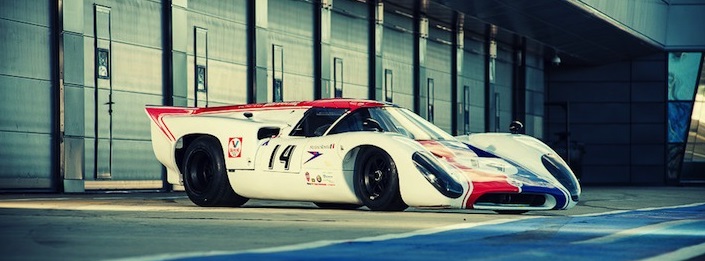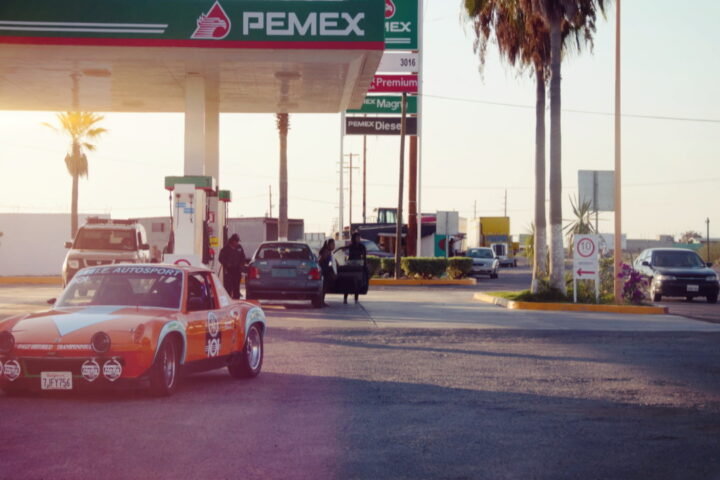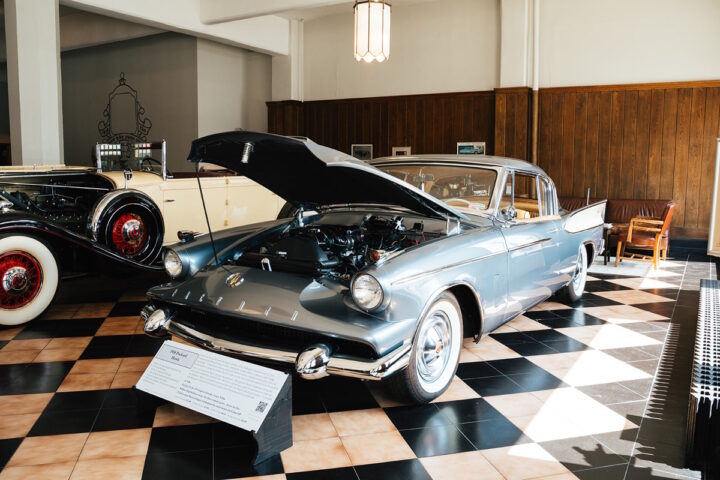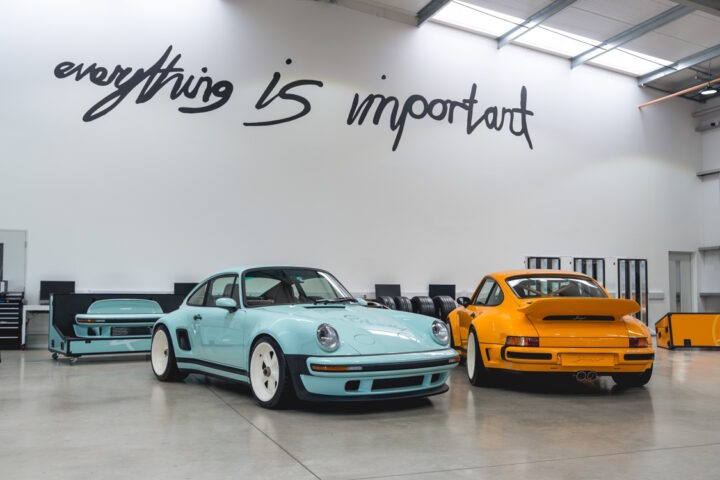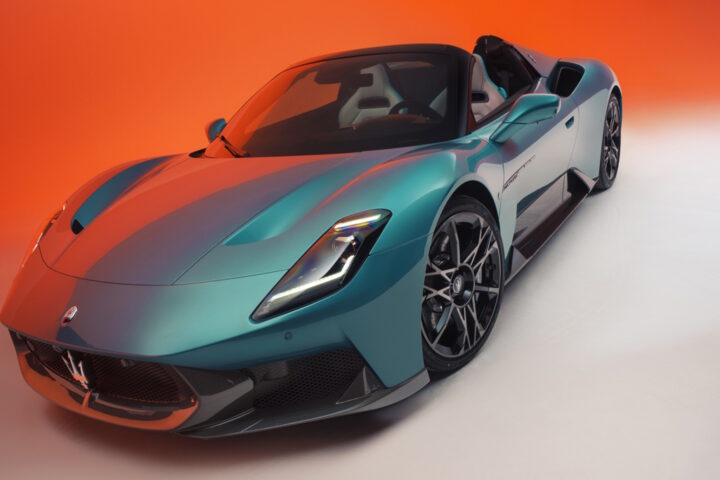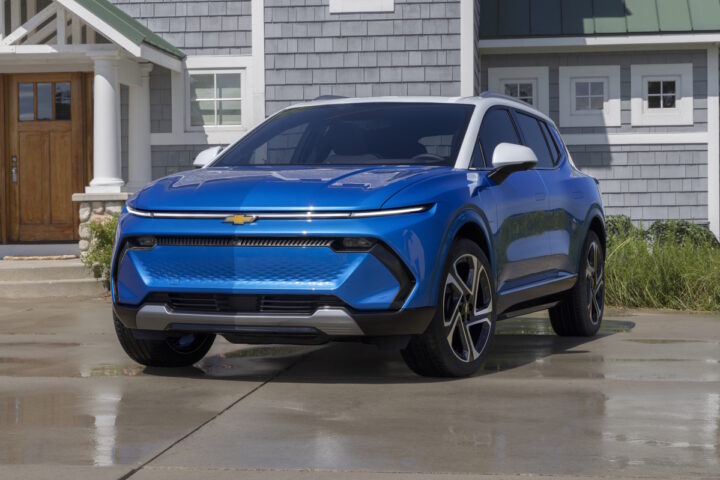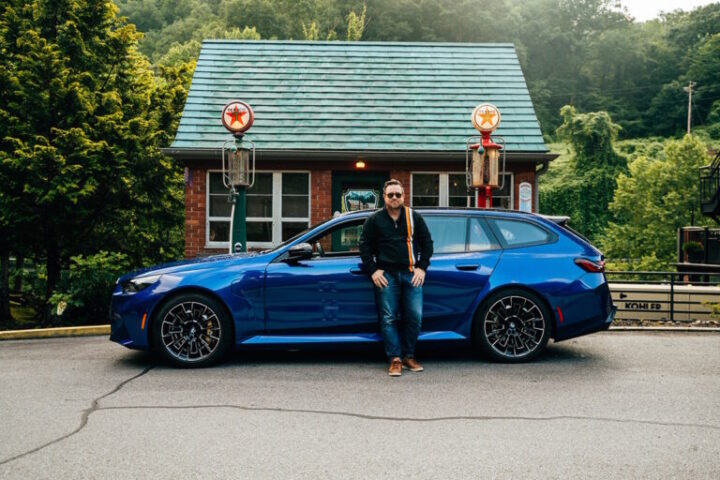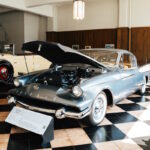This 1969 Lola T70 MKIII B was sold to Steve McQueen’s Solar Productions film company for the epic film “Le Mans” in 1970, in total Solar Productions bought 5 Lola chassis. For the film, this one was painted yellow and used for several shots, including the scene where Rob Slotemaker spins the car on the way into Indianapolis Corner. After shooting those pictures the car was painted like a Gulf-Porsche 917.
The auction company shared this story about the car’s history as a “917” below:
“SL76/141 (this same chassis) was then whisked away and dressed up to look like a Gulf-Porsche 917 for a scheduled crash sequence with the cloned car being driven by remote control. Up to this point in filming, the production crew had managed so far to destroy two T70 MkIII’s dressed up as Ferrari 512′s when the remote control equipment failed both times. Ultimately, the equipment was dumped from the cloned Ferrari in favor of simply firing the car from an air cannon, which certainly did achieve the spectacular desired effect.”
“The crew didn’t give up, though, and fitted the equipment to the cloned Porsche 917 in the hope they had cured the problems encountered before. The scheduled stunt was pretty much as before with the driver of the 917 being distracted by an exploding Ferrari, then swerving to avoid running into a much slower 911, and finally, crash into the barrier. The start of the stunt went exactly as planned with the cloned 917 successfully managing to swerve and avoid the little 911 and then hit the barrier. However the aerial for the remote control was taped inside the left-hand side of the tail and after the car hit the barrier for the first time side on, it fell off. The 917 was now out of control with the throttle stuck wide open at maximum revs. It then went on to play pinball between the Armco on the run towards Maison Blanche. The results were spectacular and much better than expected, and it was all caught on film by multiple cameras.”
“The car finished up buried in the Armco and sat there with its rear wheels spinning as the engine revved away at full throttle. Everybody stood back and watched hoping that sooner, rather than later, the fuel would run out killing the engine. However, someone put rather more fuel in the car that was needed! After several minutes, by which time the rear tires had ground away to the rim, a brave, if rather a foolhardy soul walked over to the screaming wreck, reached inside the shattered cockpit and flicked the kill switch.”
The car is expected to sell for around $850,000 you might be able to buy this car at the Race Retro & Classic Car Sale held by Silverstone Auctions this February 2013.
Images Courtesy of Silverstone Auctions.

